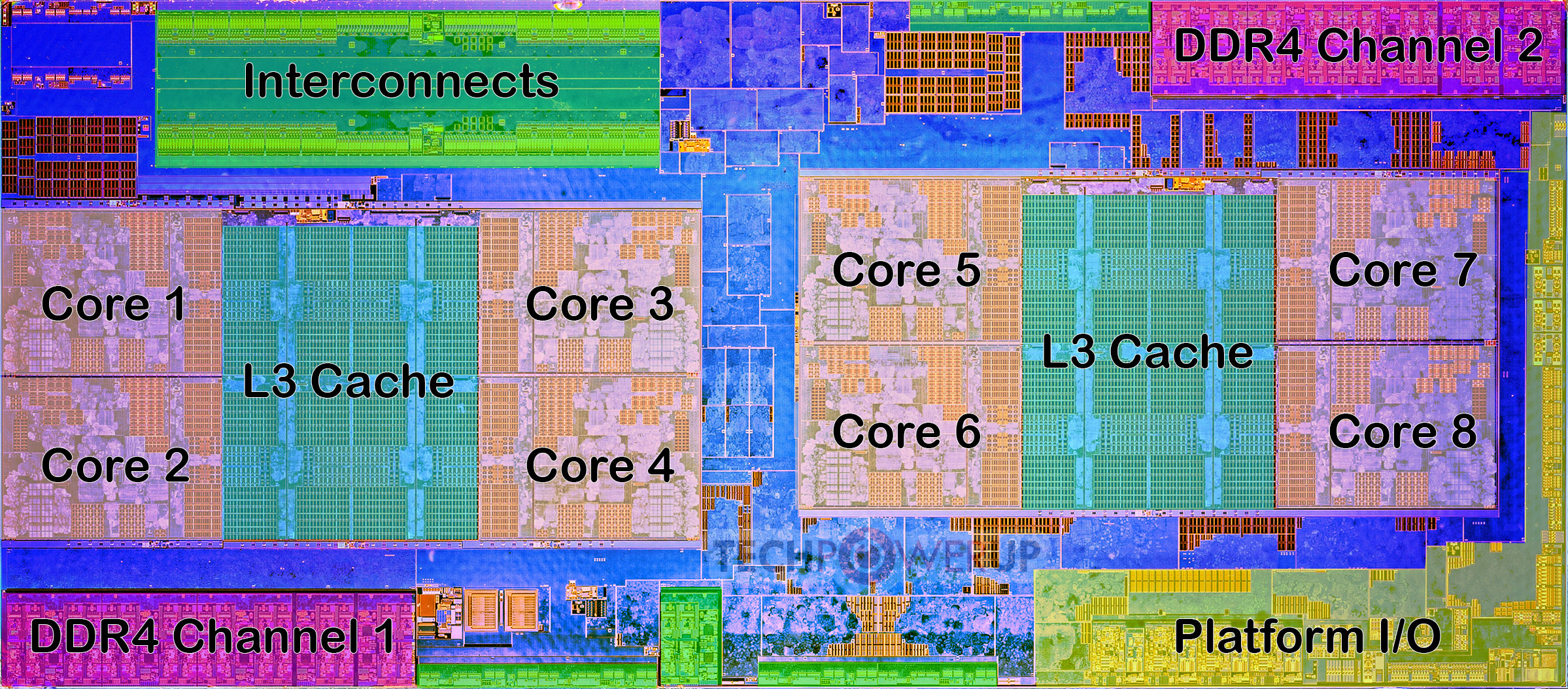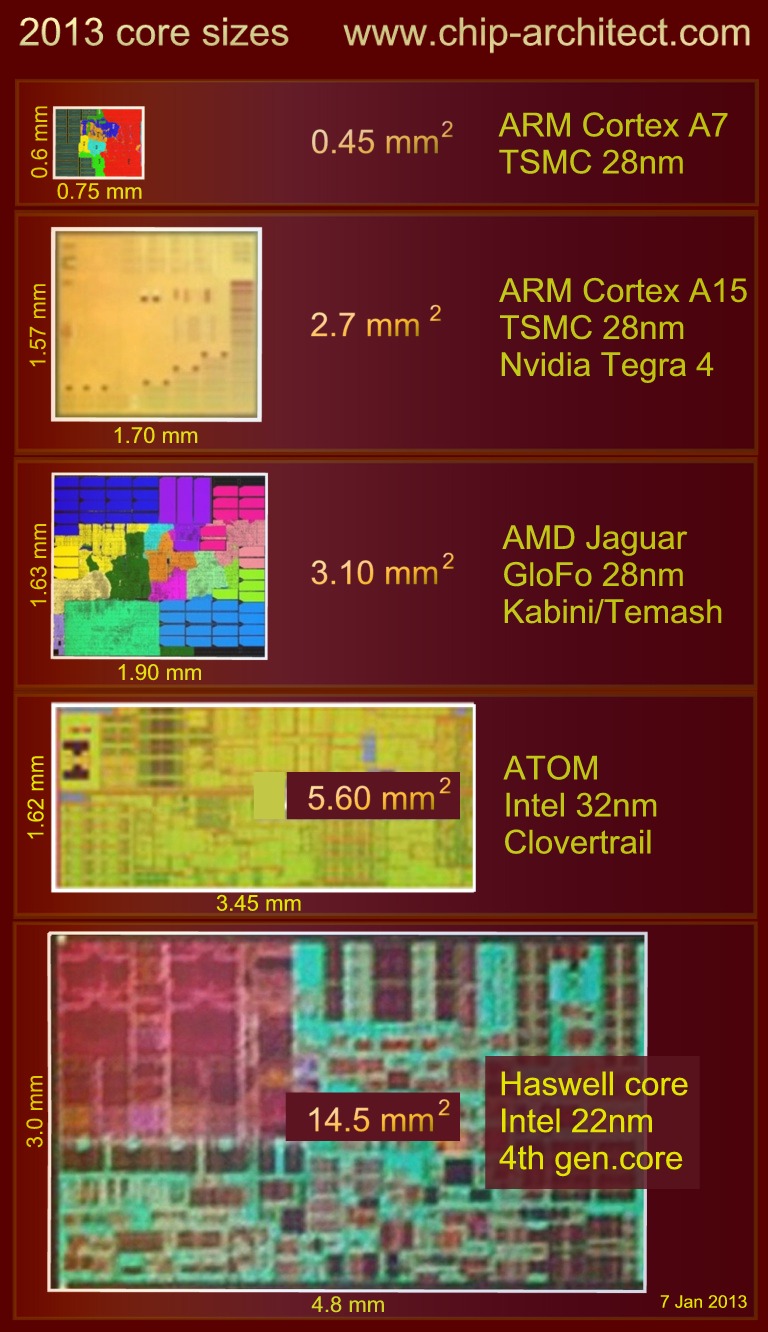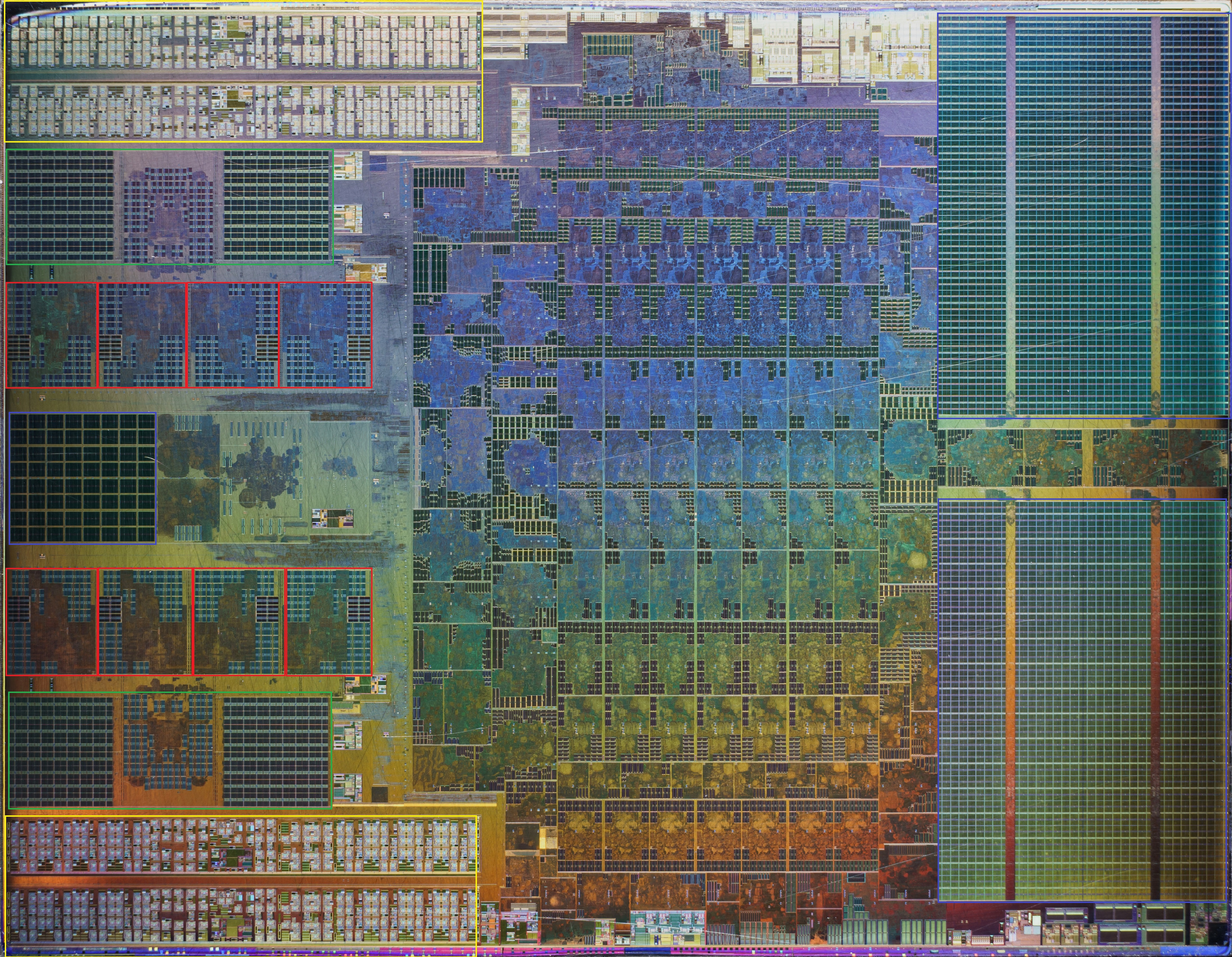Shin
Banned
Not necessarily if any of this is true:The console makers will use whatever manufacturer the chip designer uses.
SIE chose AMD 's small power - saving CPU core Jaguar architecture for PS 4 series.
However, this is different from the original plan, and in the initial plan was to become the "Steamroller (steam roller)" core of Bulldozer (bulldozer) system. And APU of Bulldozer core PS 4 was scheduled to be manufactured at 28 nm of GLOBALFOUNDRIES, not TSMC's 28 nm.
However, at the last minute GLOBALFOUNDRIES '28nm rise was doubtful, SIE and AMD were urged to change the plan in a hurry.
As a result, we moved the foundry to TSMC, due to time and engineering constraints, the CPU core was changed to a Jaguar core that is synthesizable already on the TSMC process.
TSMC is leading the pack that much is known, nVidia doesn't make APU's like AMD so assuming they stick with an APU then it will be AMD.
Plus the latter is cheaper than a nVidia GPU's, it wouldn't make sense either to use a GPU from your competitor in your own APU (albeit semi-custom).



